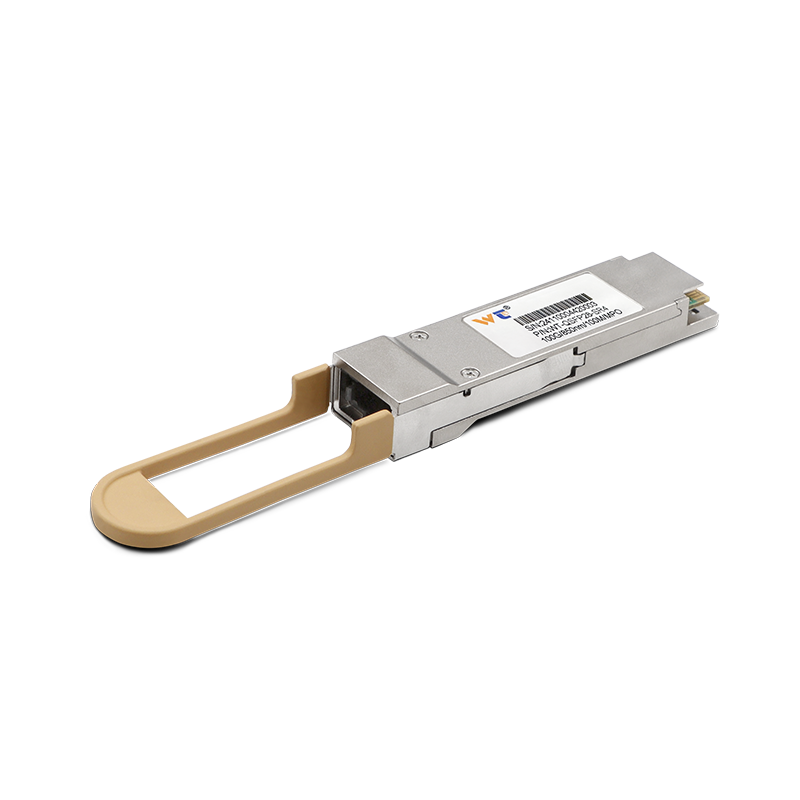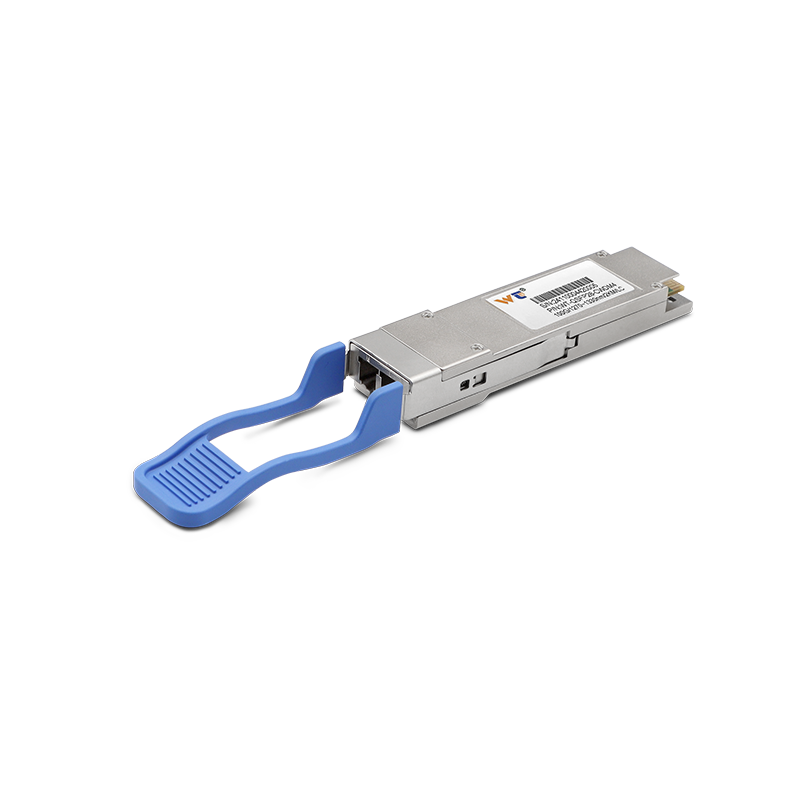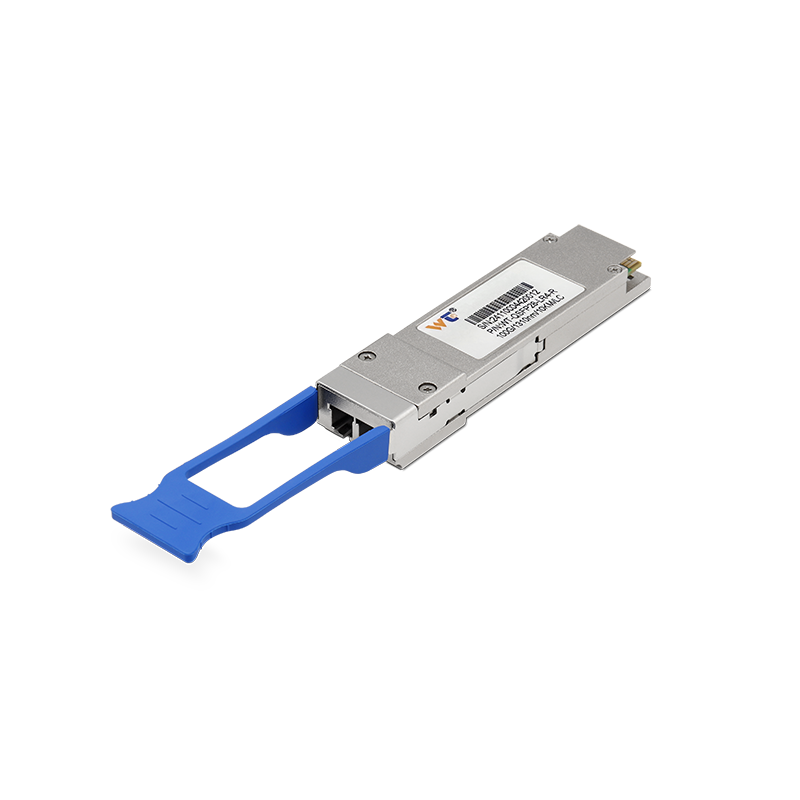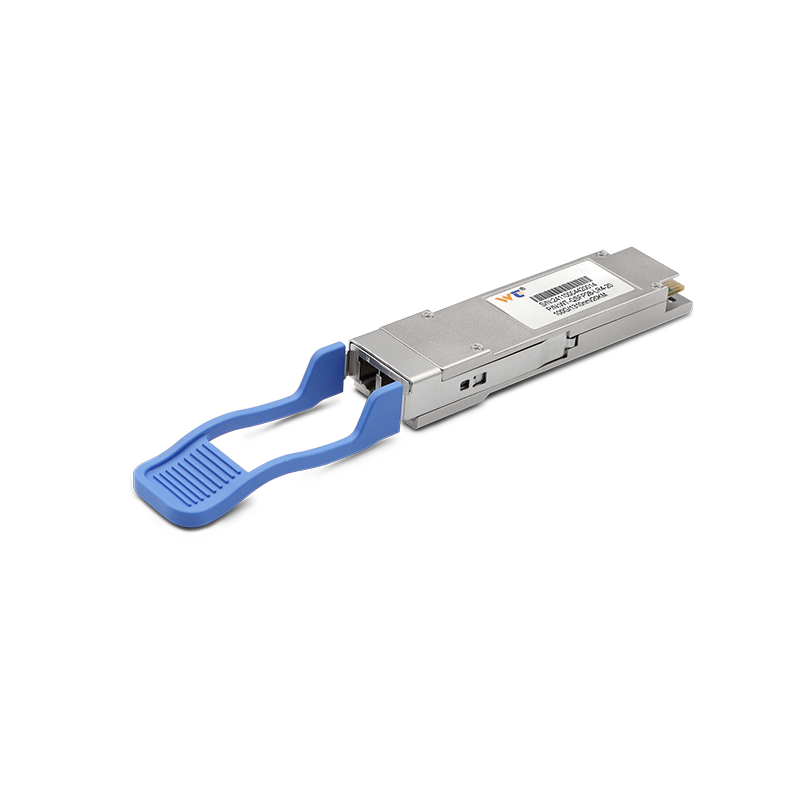The optical module industry is dynamically evolving, particularly in the realm of high-density device access within rail transit systems. As we advance toward 2025, the demand for high-speed communication infrastructure is expected to increase exponentially, driven primarily by the rise of smart transportation systems. These systems require fast and reliable data transfer capabilities to support operational efficiency and enhance passenger experience. High-capacity optical modules will serve as the backbone of this transformation.
The landscape of optical modules has shifted as we witness a surge in applications across multiple sectors. According to market analysts, the global optical module market is projected to reach $XX billion by 2025, with an annual growth rate of XX%. Key players are increasingly focusing on high-speed optical modules capable of operating at speeds ranging from 1.6Tbps to 400G. These modules cater to various service demands, including real-time video streaming, IoT data transmission, and advanced telecommunication solutions. In rail transit, these capabilities are essential for managing the vast arrays of information generated by connected devices in high-density environments.
For a clearer understanding, below is a summary of optical module technologies and their roles:
| Technology | Speed | Application |
|---|---|---|
| 1G Optical Module | Up to 1Gbps | Basic data transmission |
| 10G Optical Module | Up to 10Gbps | Enhanced broadband and streaming |
| 25G/40G Optical | Up to 40Gbps | Data center interconnections |
| 100G Optical Module | Up to 100Gbps | Cloud computing and large enterprises |
| 400G Optical Module | Up to 400Gbps | High-density environments in rail transit |
Focusing on our optical module innovations, we've developed solutions tailored to rail transit applications. These high-speed modules are designed to streamline communication between various onboard devices, ensuring real-time data exchange. For instance, modules facilitating 25G and 100G speeds allow for instantaneous synchronization between signaling systems and passenger information displays, greatly improving operational safety and efficiency. Additionally, our ultra-reliable optical modules can withstand the rigors of rail environments, boasting a mean time between failures (MTBF) of >100,000 hours.
Our research indicates a significant improvement in data handling capacity, reducing latency when compared to traditional copper-based solutions. The design focuses on ease of integration within existing rail infrastructure, allowing for seamless upgrades without extensive overhauls. Moreover, our commitment to quality means each optical module undergoes rigorous testing, ensuring resilience and optimal performance in diverse operating conditions, such as high temperatures and vibrations typically found in rail environments.
The various optical module technology types crucial to this discussion include Single-Mode and Multi-Mode modules, each catering to different operational ranges and environments. Single-Mode modules are ideal for long-distance communications, covering miles without signal degradation, while Multi-Mode modules are suited for short-range applications within cities. Similarly, innovations in Wavelength Division Multiplexing (WDM) technology enhance bandwidth efficiency, enabling multiple data lanes over a single optical fiber.
As we look towards 2025, the deployment of optical modules will further expand in rail systems, enhancing connectivity not only for operational management but also for passenger services. A projected increase in urban transit networks will necessitate faster, more efficient optical solutions to handle the growing volume of connected devices. For instance, an integration of 100G and 400G modules within smart train systems can facilitate advanced analytics, predictive maintenance, and real-time updates for passengers.
At our website, we offer a comprehensive range of optical module products, all subjected to meticulous quality control processes. These modules are engineered to excel in various applications—from ensuring seamless high-speed data transmission to providing connectivity for long-distance communication needs. Regardless of your requirements, our optical modules are fully equipped to meet them, enabling a future of connectivity that is faster, more reliable, and remarkably efficient.
In summary, the evolution of optical modules is poised to redefine communication standards, especially within the rail transit sector. As we approach 2025, the implications of these high-capacity modules cannot be overstated. They not only facilitate essential communication needs but also pave the way for smarter, more integrated transport systems that prioritize efficiency and passenger experience. By investing in cutting-edge optical communication solutions today, we lay the foundation for a seamless, connected tomorrow.






